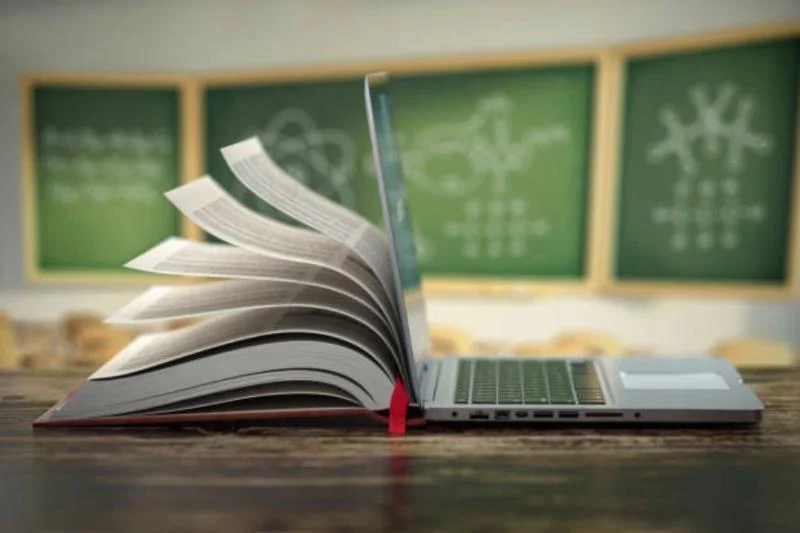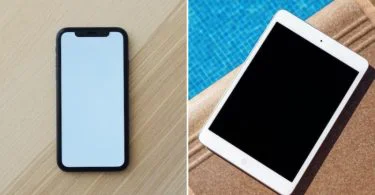Educational Technology and Instructional Technology are related terms in education but have distinct definitions and applications. Educational Technology refers to the vast array of tools, techniques, and methods that facilitate learning and instructional processes. It includes designing, developing, utilising, administering, and evaluating these resources to enhance educational outcomes. Educational technology encompasses a vast multitude of digital and non-digital resources, including computers, mobile devices, software, multimedia, internet resources, and even traditional resources such as books and blackboards.
Instructional Technology is a subdomain of Educational Technology that concentrates on designing, developing, implementing, and evaluating instructional materials and methods to improve learning. It entails the systematic and efficient application of learning theories, instructional design models, and technological tools to create individualised learning experiences that target specific learning objectives and cater to the requirements of diverse learners. Instructional technology emphasises the pedagogical aspects of education, such as curriculum development, lesson planning, and assessment techniques. Educational Technology is an umbrella term for all technological instruments and resources used to support learning and teaching processes. Instructional Technology, a subset of Educational Technology, focuses on designing and implementing instructional materials and methods using technology to attain specific learning objectives.
What is Educational Technology?
Educational technology is a multidisciplinary area that focuses on how to use technology in learning and teaching to improve education. It is the process of designing, making, using, managing, and evaluating technology tools and resources to make learning easier and better for students and teachers. Educational technology includes a wide range of digital and non-digital tools and resources, such as computers, mobile devices, software apps, multimedia, internet resources, and even traditional tools like books and blackboards. These tools deliver material, get learners interested, make it easier for them to work together, assess their learning progress, and give them personalised feedback.
Several fields, such as psychology, education, instructional design, and computer science, have shaped the field of Educational Technology. Its goal is to close the gap between technology and teaching methods by using learning theories, instructional design models, and best practices to make learning spaces that are new and effective. Educational technology is essential in today’s world of fast-changing technology because it helps people learn how to use technology, improves access to education, encourages learner-centred methods, and gives people the skills they need to succeed in the 21st century. It has turned traditional classrooms into dynamic, interactive spaces where teachers can use different teaching methods and adapt to the diverse needs of their students. This has led to better educational results in the long run.
What is Instructional Technology?
Instructional Technology is a subfield of Educational Technology that focuses on systematically designing, developing, implementing, and evaluating learning tools and methods. It focuses on the best ways to combine technology with teaching methods to reach specific learning goals and meet the needs of different types of students.
Learning theories, instructional design models, and best practices drawn from a wide range of fields, such as psychology, education, and computer science, serve as the foundation for the area of Instructional Technology. It tries to build custom learning experiences by using technology and matching them to each learner’s cognitive processes, learning styles, and preferences.
Instructional technology has a number of essential parts, such as:
Analysis
Finding out about the audience’s learning needs, goals, and traits will help guide the design process.
Design
Creating strategies for teaching, choosing the right technological tools, and making material that matches the learning goals.
Development
Making teaching tools like multimedia presentations, interactive models, and e-learning modules.
Implementation
Providing the learning tools in various settings, such as classrooms, online platforms, or settings that combine online and in-person learning.
Evaluation
Assess the effectiveness of teaching tools and methods by measuring how well students learn and getting feedback to help them improve.
In short, Instructional Technology is an integral part of modern education. Its goal is to improve the learning process by mixing pedagogy and technology to make learning more engaging, effective, and learner-centred.
Difference Between Educational Technology and Instructional Technology
To improve educational outcomes, many different kinds of technological tools and resources are used in what is known as “Educational Technology.” Software, multimedia, and conventional materials are all part of this category. The subfield of Educational Technology, known as “Instructional Technology, ” is concerned solely with creating, distributing, and assessing educational resources. Methodical use of learning theories, instructional design models, and technological tools to meet individual student needs and advance institutional goals is at the heart of this field. While Educational Technology encompasses everything to do with technology in the classroom, Instructional Technology focuses on improving education via technology. The primary differences between the two are highlighted and discussed below.
Scope
While Educational Technology encompasses technology in education in general, Instructional Technology is a subfield focusing solely on developing educational experiences using technological tools.
Focus
While Instructional Technology focuses on the creation and implementation of educational resources, Educational Technology covers all facets of technology’s role in the classroom.
Learning Theories
While both Instructional Technology and Educational Technology may use learning theories and instructional design approaches, Instructional Technology tends to do so more directly and explicitly.
Pedagogy
While Educational Technology takes into account the broader effects of technology on education, Instructional Technology focuses on the pedagogical components of education, such as lesson planning and curriculum creation.
Tools and Resources
While “Educational Technology” encompasses both digital and non-digital resources, the term “Instructional Technology” refers specifically to the use of technology in creating and distributing educational content.
Evaluation and Management
Unlike Instructional Technology, which evaluates the efficacy of instructional materials and methods, Educational Technology focuses on applying, administering, and assessing technological resources within an educational setting.
Goal
While Educational Technology focuses on optimising educational results via technology, the focus of Instructional Technology is on optimising learning experiences through the strategic integration of pedagogy and technology.







